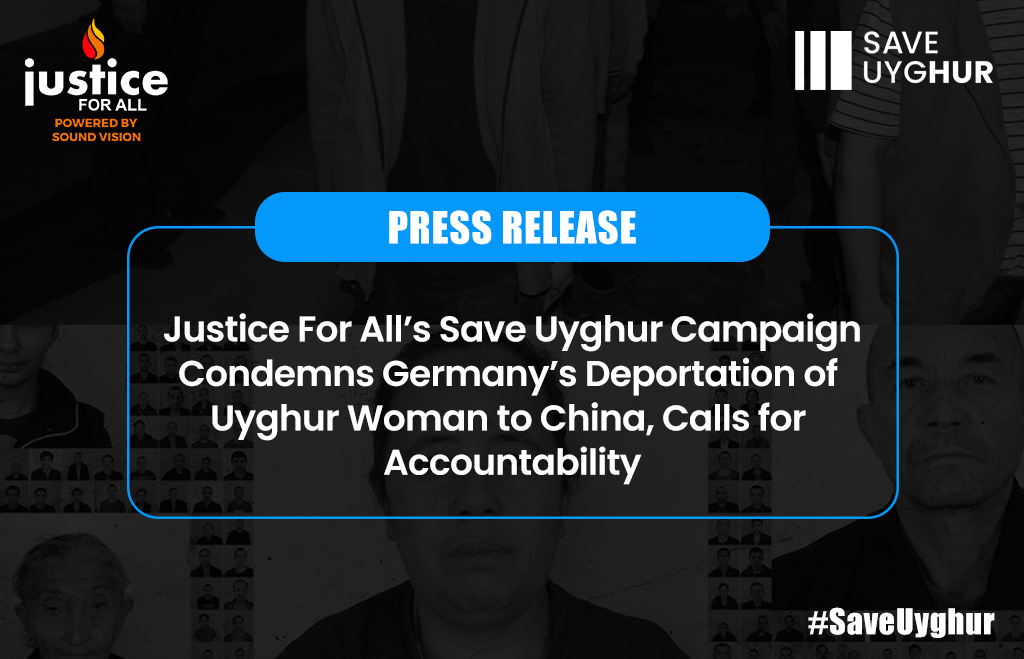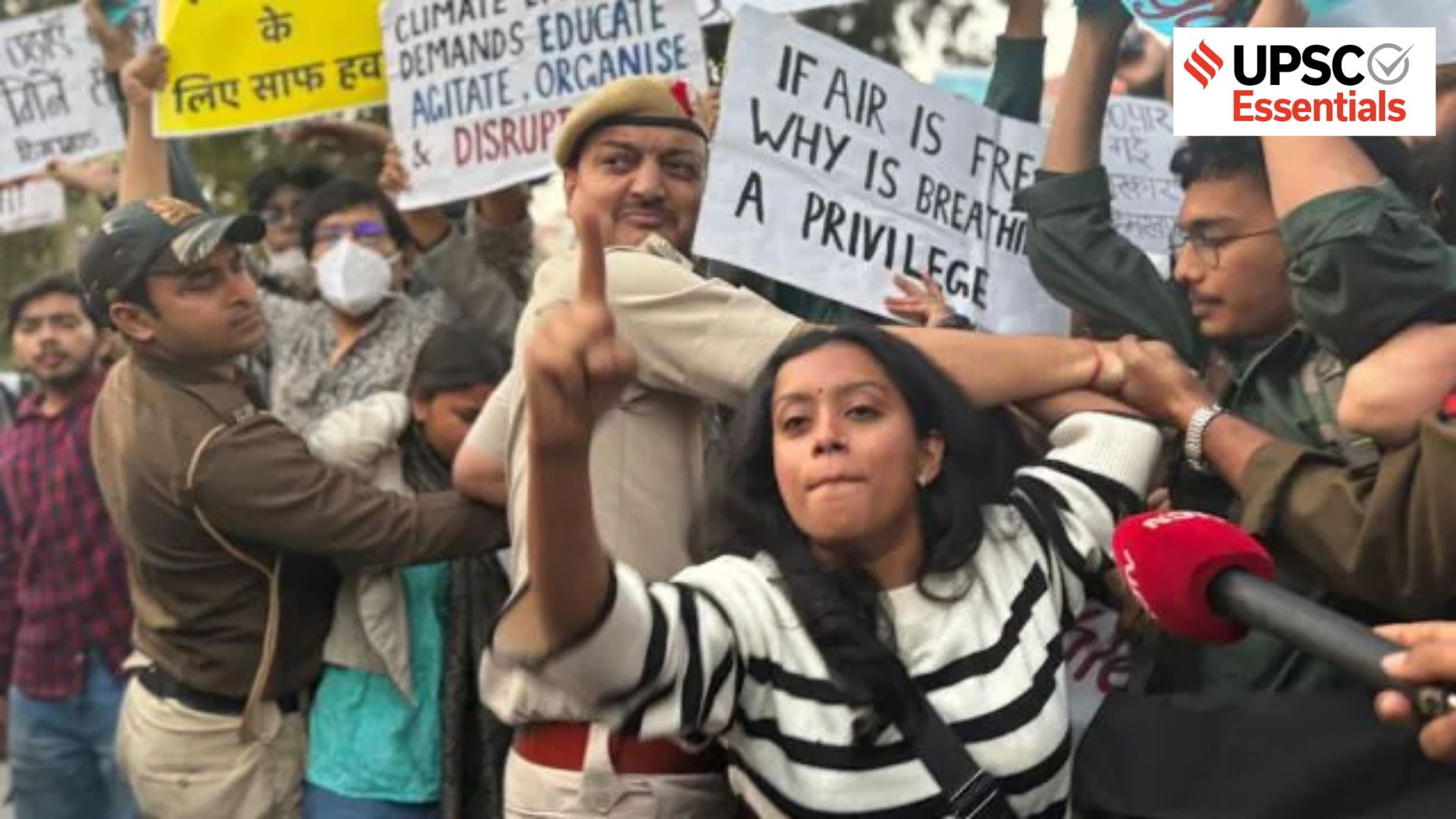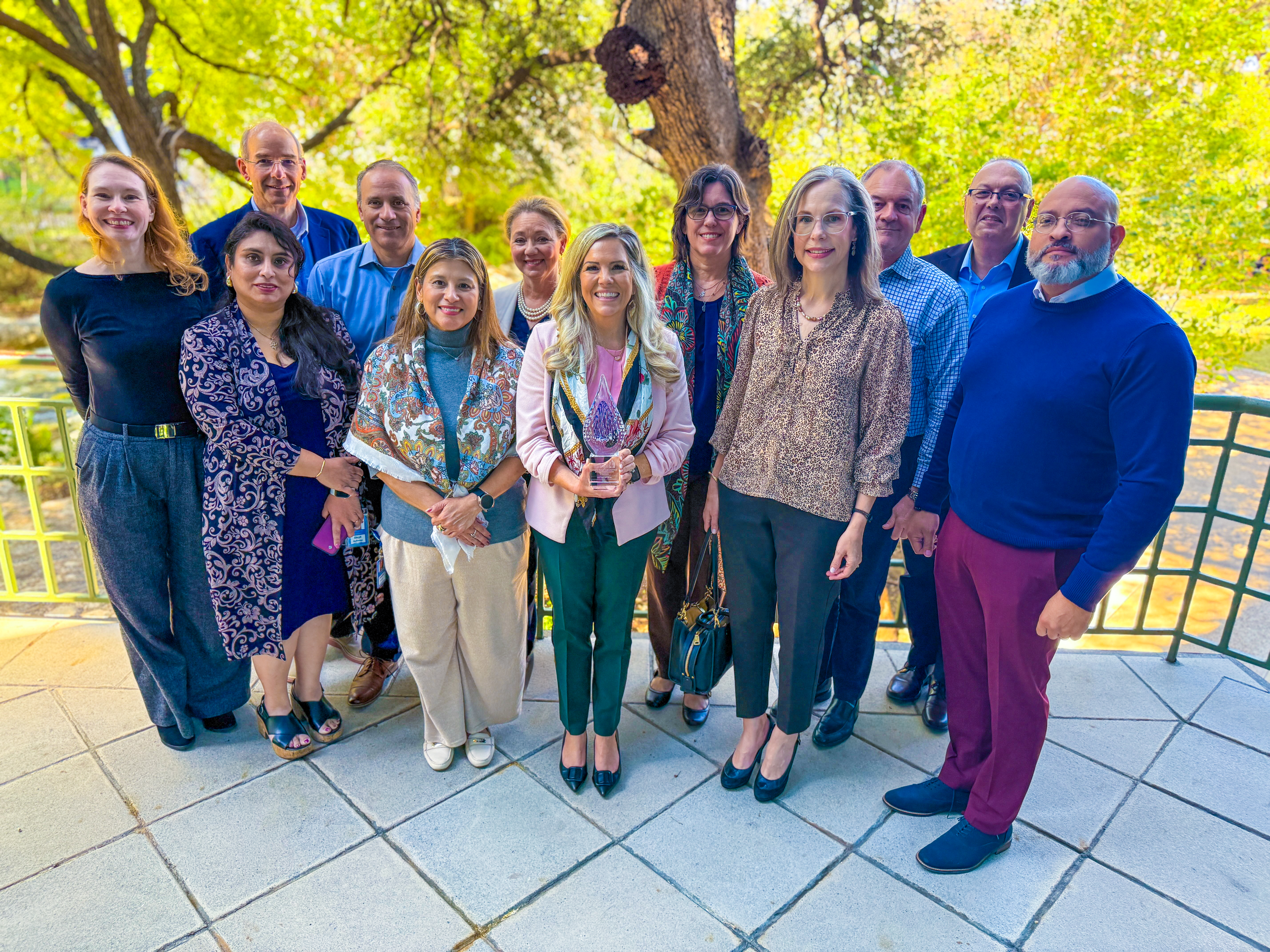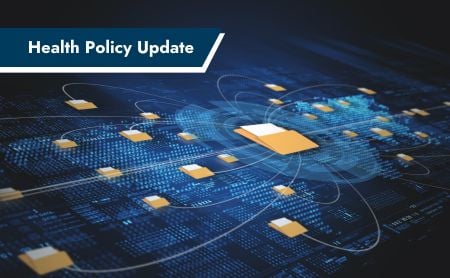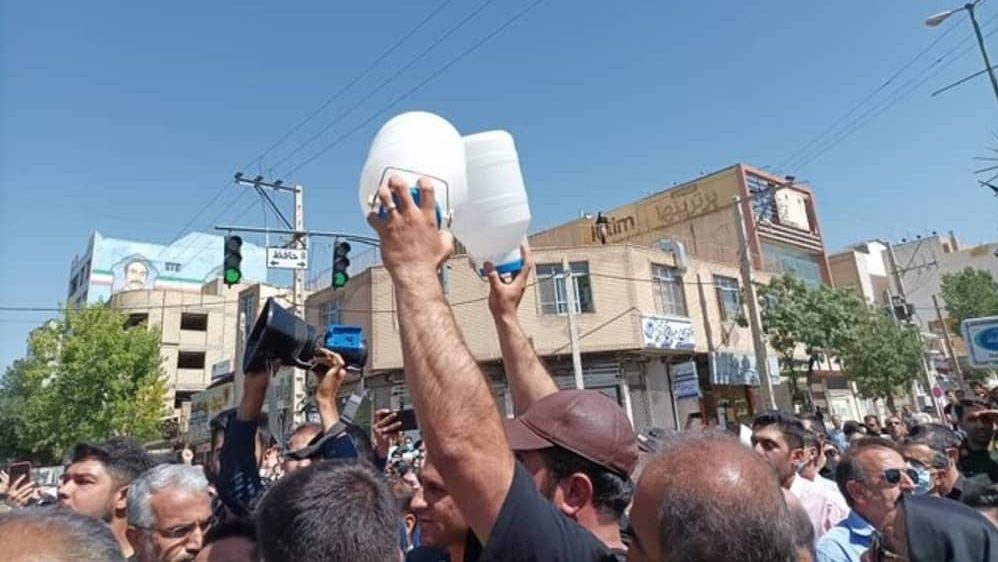The Role of the United Nations in Climate Action – Sada Elbalad english
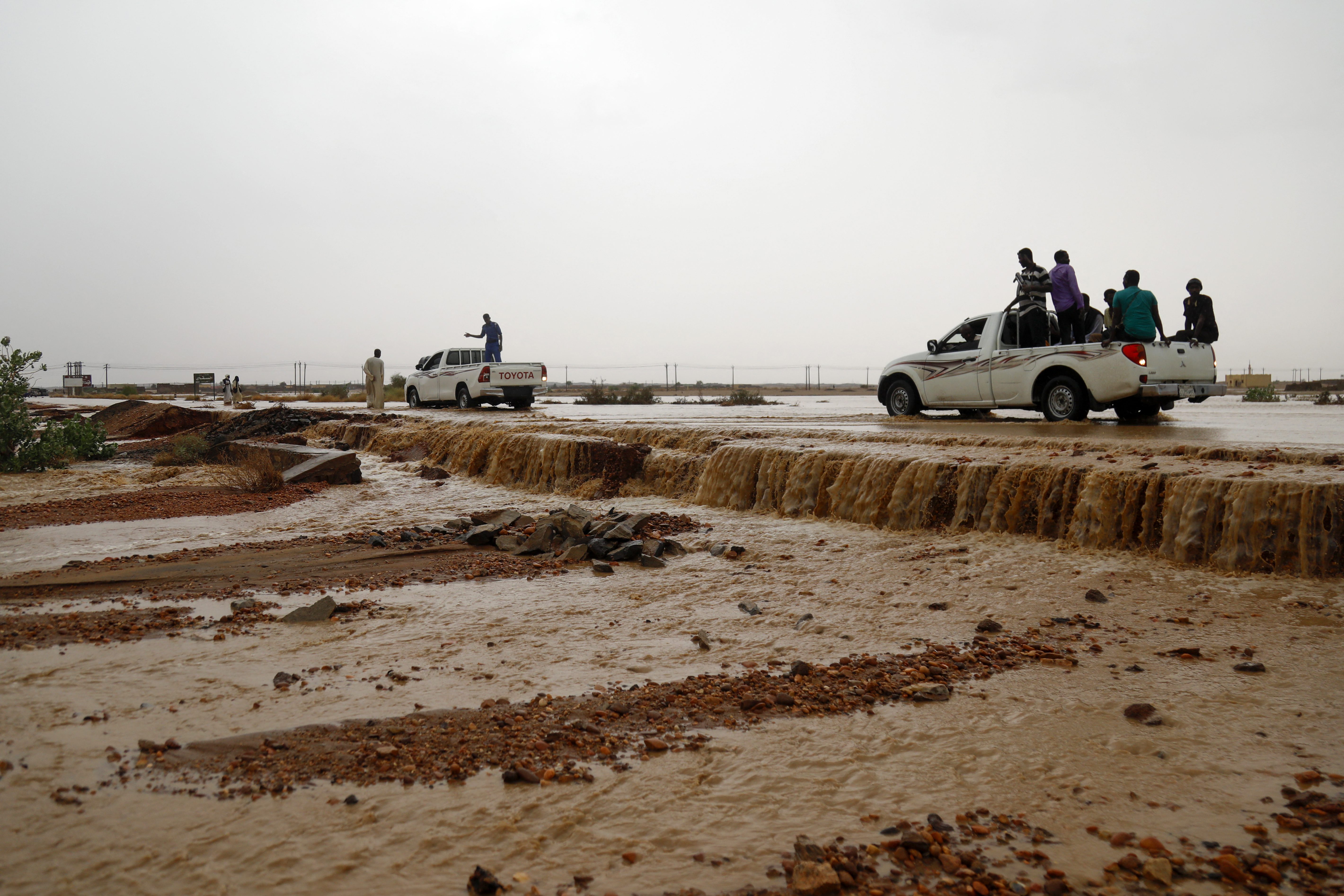
Report on the GFANZ Africa Network Meeting: Aligning Climate Action with Sustainable Development Goals
Executive Summary
A recent meeting of the Glasgow Financial Alliance for Net Zero (GFANZ) Africa Network, led by Dr. Mahmoud Mohieldin, UN Climate Change High Level Champion for Egypt, outlined a strategic framework for Africa’s climate action priorities. The discussions, held in anticipation of the upcoming Africa Climate Summit in Kenya, centered on integrating climate initiatives with the 2030 Agenda for Sustainable Development, with a significant focus on SDG 7 (Affordable and Clean Energy), SDG 13 (Climate Action), and SDG 17 (Partnerships for the Goals).
Strategic Alignment with Sustainable Development Goals (SDGs)
The meeting underscored the necessity of a holistic approach where climate action serves as a catalyst for broader sustainable development. Key areas of focus were identified to ensure that efforts to reduce carbon emissions also advance economic growth and resilience across the continent.
- SDG 7 (Affordable and Clean Energy): The primary objective discussed was the scaling of clean energy projects. This aligns directly with SDG 7, aiming to provide sustainable energy for all, which is foundational for industrialization and economic development.
- SDG 13 (Climate Action): All priorities discussed are fundamentally linked to SDG 13, targeting urgent action to combat climate change and its impacts through emissions reduction, capacity building, and robust financing mechanisms.
- SDG 17 (Partnerships for the Goals): The meeting itself exemplified SDG 17, convening a multi-stakeholder group including the private sector, multilateral development banks (MDBs), and international climate funds to foster collaboration for sustainable development.
Key Priorities for Climate Action and Sustainable Development
The participants agreed upon a set of priorities that will be championed at the Africa Climate Summit. These priorities are designed to create a comprehensive ecosystem for climate finance and project implementation.
- Enhance State-Level Efforts: Utilize country platforms to develop and finance clean energy projects, directly supporting national contributions to SDG 7 and SDG 13.
- Support Just Energy Transition Partnerships (JET-Ps): Actively build mechanisms to support JET-Ps, ensuring that the transition to a green economy is equitable and contributes to SDG 8 (Decent Work and Economic Growth).
- Develop a Project Pipeline: Advance the preparation and development of climate projects identified through the African Regional Forum, fostering investment in sustainable infrastructure in line with SDG 9 (Industry, Innovation, and Infrastructure).
- Build Financial Capacity: Strengthen local capacity to secure and manage climate finance, a critical component for the long-term success of SDG 13.
- Promote Carbon Markets: Support the African Carbon Markets Initiative (ACMI) to create new revenue streams and incentivize private sector investment in emissions reduction projects.
- Foster Public-Private Cooperation: Encourage deeper collaboration between the private sector and MDBs to de-risk investments and unlock the capital needed to achieve the SDGs.
Strengthening Partnerships and Institutional Capacity (SDG 17)
The meeting highlighted the critical role of strong partnerships in achieving climate and development goals. The GFANZ Secretariat introduced Timothy Afful-Koomson, the new Director of the GFANZ Africa Group, seconded by the African Development Bank. His role will focus on developing new de-risking instruments to attract diverse financial institutions.
Furthermore, the participation of the Green Climate Fund (GCF), represented by Kavita Sinha, showcased the potential for future collaborations. The GCF’s role in enabling projects through partnerships, particularly with the private sector, was presented as a key opportunity to accelerate progress toward the Sustainable Development Goals in Africa.
Analysis of Sustainable Development Goals in the Article
1. Which SDGs are addressed or connected to the issues highlighted in the article?
-
SDG 7: Affordable and Clean Energy
- The article explicitly mentions the need to focus on and finance “clean energy projects.” This directly aligns with the goal of ensuring access to affordable, reliable, sustainable, and modern energy for all. The discussion led by Dr. Mohieldin emphasizes this as a core component of Africa’s climate action.
-
SDG 13: Climate Action
- The entire article is centered on climate action in Africa. It discusses the “Africa Climate Summit,” “Africa Climate Week,” and the primary goal of enhancing “efforts of African countries to reduce carbon emissions.” This demonstrates a clear and direct connection to taking urgent action to combat climate change and its impacts.
-
SDG 17: Partnerships for the Goals
- The article highlights the importance of collaboration and partnership. The “GFANZ Africa Network Meeting” itself is a multi-stakeholder partnership. The text references “cooperation between the private sector and MDBs,” partnerships with the “Green Climate Fund (GCF),” and the involvement of numerous entities like the African Development Bank and Africa Finance Corporation, all working towards a common goal. This embodies the spirit of strengthening the means of implementation and revitalizing the global partnership for sustainable development.
2. What specific targets under those SDGs can be identified based on the article’s content?
-
SDG 7: Affordable and Clean Energy
- Target 7.a: “By 2030, enhance international cooperation to facilitate access to clean energy research and technology… and promote investment in energy infrastructure and clean energy technology.” The article’s focus on the “development and financing of clean energy projects” and encouraging “cooperation between the private sector and MDBs to finance” them directly supports this target.
- Target 7.b: “By 2030, expand infrastructure and upgrade technology for supplying modern and sustainable energy services for all in developing countries…” The push to develop and implement “clean energy projects” is a direct effort to expand sustainable energy infrastructure in Africa.
-
SDG 13: Climate Action
- Target 13.a: “Implement the commitment undertaken by developed-country parties to the United Nations Framework Convention on Climate Change to a goal of mobilizing jointly $100 billion annually… to address the needs of developing countries…” The article’s discussion on providing “required climate finance,” the role of the “Green Climate Fund (GCF),” and mobilizing private and MDB financing for climate action aligns with this target.
- Target 13.b: “Promote mechanisms for raising capacity for effective climate change-related planning and management…” The article identifies “building capacity to provide the required climate finance” and supporting initiatives like the “African Carbon Markets Initiative (ACMI)” as key priorities, which contributes to this target.
-
SDG 17: Partnerships for the Goals
- Target 17.3: “Mobilize additional financial resources for developing countries from multiple sources.” The article describes efforts to mobilize finance through the “GFANZ Africa Network,” “private sector players,” and “MDBs” (Multilateral Development Banks).
- Target 17.7: “Promote the development, transfer, dissemination and diffusion of environmentally sound technologies to developing countries…” The focus on developing and financing “clean energy projects” is a direct application of promoting environmentally sound technologies in Africa.
- Target 17.16: “Enhance the global partnership for sustainable development, complemented by multi-stakeholder partnerships that mobilize and share knowledge, expertise, technology and financial resources…” The meeting itself, involving GFANZ, the African Development Bank, the Green Climate Fund, and private sector CEOs, is a perfect example of such a multi-stakeholder partnership in action.
3. Are there any indicators mentioned or implied in the article that can be used to measure progress towards the identified targets?
-
Indicators for SDG 7
- Implied Indicator (related to 7.a.1): The amount of finance mobilized for “clean energy projects.” The article’s emphasis on “financing of clean energy projects” implies that tracking these financial flows from sources like the private sector, MDBs, and GCF is a key metric of success.
- Implied Indicator (related to 7.b.1): The number and scale of “clean energy projects” that are developed and implemented as a result of these partnerships and financing efforts.
-
Indicators for SDG 13
- Direct Indicator: The reduction of “carbon emissions” in African countries. This is the ultimate goal mentioned in the article.
- Implied Indicator (related to 13.a.1): The total amount of “climate finance” mobilized and provided to African nations through the various channels discussed (GFANZ, GCF, MDBs, private sector).
- Direct Indicator: The establishment and growth of the “voluntary carbon market” and the “African Carbon Markets Initiative (ACMI).” The success and transaction volume of these markets can be measured.
-
Indicators for SDG 17
- Implied Indicator (related to 17.3.1): The amount of additional financial resources mobilized through the “cooperation between the private sector and MDBs.”
- Direct Indicator: The creation of “new effective de-risking instruments” designed to attract investment from various financing institutions. The development and deployment of these instruments are measurable outcomes.
- Implied Indicator (related to 17.16.1): The number and effectiveness of partnerships formed, such as the “GFANZ Africa Network” and collaborations with the “Green Climate Fund (GCF),” measured by the projects they support and the capital they mobilize.
4. Table of SDGs, Targets, and Indicators
| SDGs | Targets | Indicators Identified in the Article |
|---|---|---|
| SDG 7: Affordable and Clean Energy |
7.a: Enhance international cooperation and investment in clean energy.
7.b: Expand and upgrade sustainable energy infrastructure. |
– Amount of finance mobilized for “clean energy projects.” – Number and scale of new “clean energy projects” developed. |
| SDG 13: Climate Action |
13.a: Mobilize climate finance to address the needs of developing countries.
13.b: Promote mechanisms for raising capacity for climate change planning and management. |
– Reduction in “carbon emissions.” – Amount of “climate finance” provided. – Growth and success of the “African Carbon Markets Initiative (ACMI).” – Number of climate projects developed from regional forums. |
| SDG 17: Partnerships for the Goals |
17.3: Mobilize additional financial resources from multiple sources.
17.7: Promote environmentally sound technologies. 17.16: Enhance multi-stakeholder partnerships. |
– Financial resources mobilized through “cooperation between the private sector and MDBs.” – Development of “new effective de-risking instruments.” – Number and effectiveness of partnerships (e.g., GFANZ Africa Network). |
Source: see.news

What is Your Reaction?
 Like
0
Like
0
 Dislike
0
Dislike
0
 Love
0
Love
0
 Funny
0
Funny
0
 Angry
0
Angry
0
 Sad
0
Sad
0
 Wow
0
Wow
0


